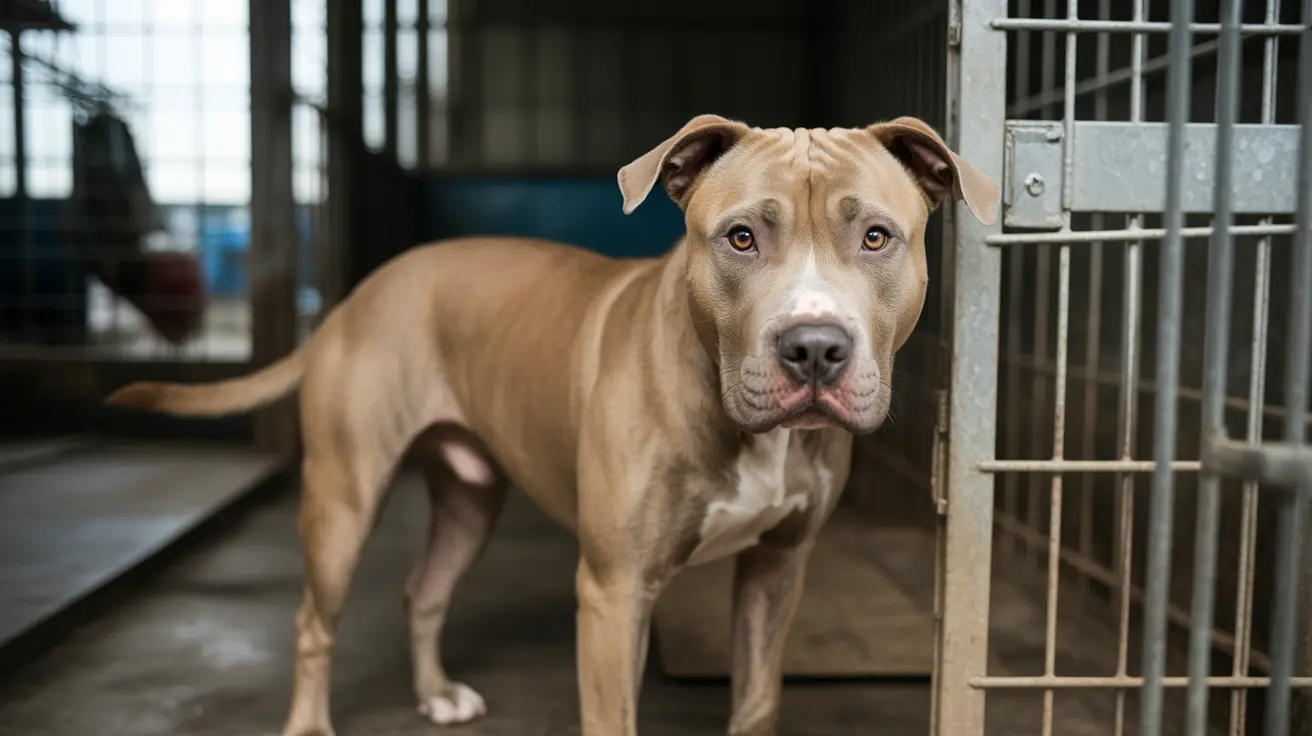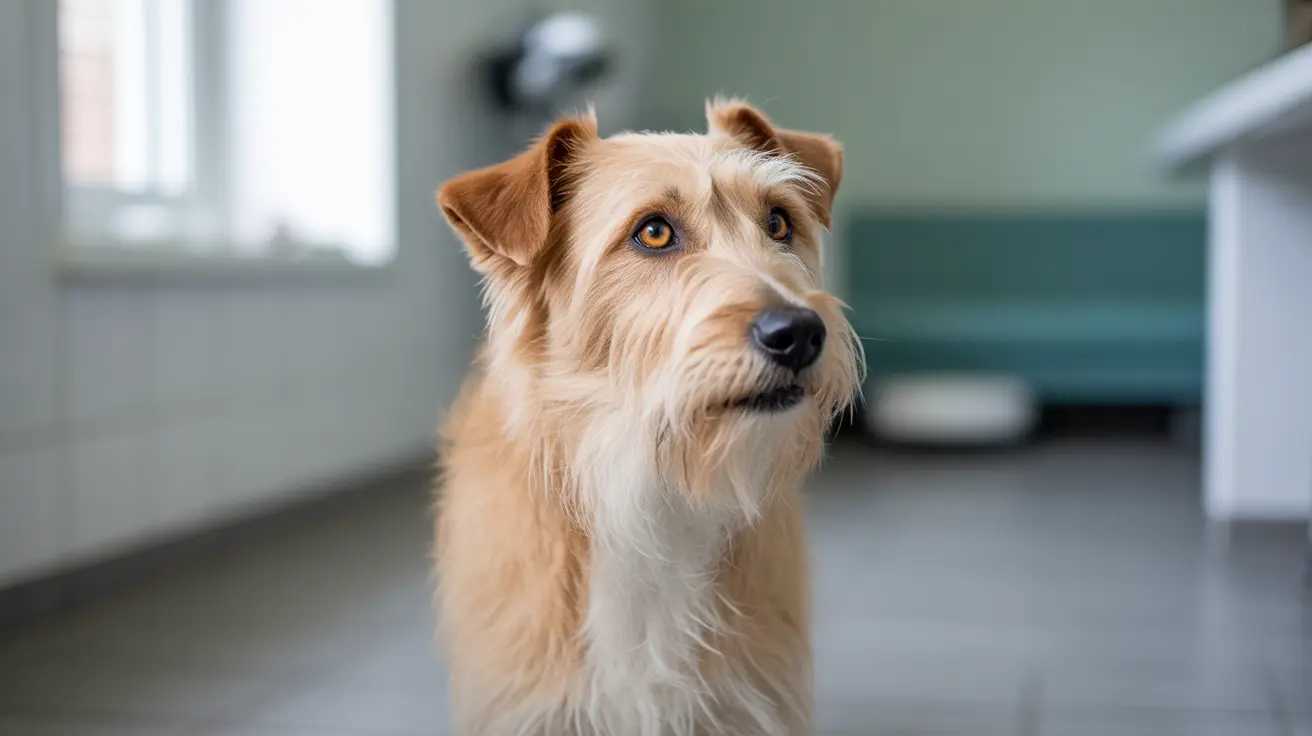As our canine companions age, their lungs undergo various changes that can affect their respiratory health and overall well-being. Understanding old dog lungs and their common conditions is crucial for providing the best care for senior pets. This comprehensive guide explores the vital aspects of pulmonary health in aging dogs, including common conditions, symptoms to watch for, and management strategies.
The Aging Process in Dog Lungs
Just like humans, dogs experience natural changes in their lung function as they age. Their lung tissue becomes less elastic, and their respiratory capacity may decrease gradually. These normal aging processes can make older dogs more susceptible to various respiratory conditions and affect their ability to exercise or engage in physical activities.
Common Respiratory Conditions in Senior Dogs
Pulmonary Mineralization
One of the most significant conditions affecting old dog lungs is pulmonary mineralization. This condition occurs when calcium deposits form within the lung tissue, potentially causing breathing difficulties and reduced lung function. It's particularly common in dogs with underlying metabolic disorders or as a natural part of the aging process.
Chronic Bronchitis
Senior dogs frequently develop chronic bronchitis, characterized by persistent inflammation of the airways. This condition can cause ongoing coughing, wheezing, and difficulty breathing, especially during physical activity.
Signs of Respiratory Issues in Older Dogs
Watch for these common indicators of respiratory problems in senior dogs:
- Increased panting or labored breathing
- Persistent coughing, especially during exercise
- Reduced exercise tolerance
- Blue-tinged gums (cyanosis)
- Lethargy or decreased activity levels
- Noisy breathing or wheezing
Diagnostic Approaches
Veterinarians use various methods to assess respiratory health in older dogs:
- Physical examination and listening to lung sounds
- Chest X-rays to identify structural changes
- Blood tests to check for underlying conditions
- CT scans for detailed lung imaging
- Respiratory function tests when necessary
Managing Respiratory Health in Senior Dogs
Several strategies can help maintain optimal lung health in aging dogs:
- Regular veterinary check-ups
- Maintaining a healthy weight
- Appropriate exercise tailored to their abilities
- Good air quality in the home
- Prompt attention to any respiratory symptoms
Prevention and Care Tips
To help protect your senior dog's respiratory health:
- Avoid exposure to secondhand smoke
- Keep up with vaccinations
- Maintain dental hygiene to prevent bacterial spread
- Control underlying conditions like heart disease
- Provide appropriate exercise without overexertion
Frequently Asked Questions
What are the common symptoms of pulmonary mineralization in older dogs?
Common symptoms include coughing, difficulty breathing, reduced exercise tolerance, and increased respiratory rate. Some dogs may show no obvious symptoms in early stages, while others might experience significant respiratory distress.
How is pulmonary mineralization in dogs diagnosed?
Diagnosis typically involves chest X-rays, CT scans, and blood tests to check for underlying conditions. Veterinarians will also perform physical examinations and review the dog's complete medical history.
What are the most common causes of pulmonary mineralization in older dogs?
The main causes include aging, metabolic disorders like Cushing's disease, chronic kidney disease, and sometimes unknown (idiopathic) factors. Certain systemic diseases can also contribute to mineral deposits in the lungs.
Can pulmonary mineralization in dogs be treated or reversed?
While existing mineralization usually cannot be reversed, treatment focuses on managing underlying conditions and providing supportive care to maintain comfort and quality of life. The approach depends on the severity and cause of the condition.
How can I monitor and manage pulmonary mineralization in my aging dog?
Regular veterinary check-ups, monitoring for respiratory symptoms, maintaining appropriate exercise levels, and managing any underlying conditions are key strategies. Early detection and intervention can help improve outcomes.
Conclusion
Understanding and monitoring old dog lungs is crucial for maintaining our senior pets' quality of life. While aging naturally affects respiratory function, being aware of potential issues and maintaining regular veterinary care can help ensure our older dogs stay comfortable and healthy for as long as possible.






